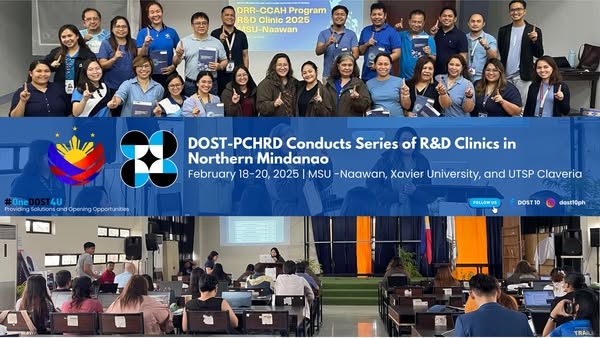Veneracion G Cabana, Samuel S Gidding, Godfrey S Getz, Jennifer Chapman and Stanford T Shulman
- Department of Pathology Division of Biological Sciences and the Pritzker School of Medicine, The University of Chicago, Chicago, Illinis 60637
- Department of Pediatrics Children’s Memorial Hospital, Northwestern University Medical School, Chicago, Illinois 60614
Correspondence: Veneracion G. Cabana, Ph.D., Department of Pathology MC6079, The University of Chicago, 5841 S. Maryland Avenue, Chicago, IL 60637.
Received 16 December 1996; Accepted 20 June 1997
Supported by National Institutes of Health Grant HL-15062 (Specialized Center of Research in Atherosclerosis), American Heart Association Grant-in-Aid 96015880 (V.G.C.) (Formation and Interaction of Acute Phase HDL), and the Children’s Memorial Hospital Kawasaki Disease Fund.
Abstract
In this study we report changes in HDL concentration and composition in acute and convalescent Kawasaki disease. Notable reductions in plasma HDL-cholesterol (0.54 ± 0.2 mmol/L, normal level 0.7-1.81 mmol/L) and apolipoprotein A-I (apoA-I) (56 ± 28 mg/dL, normal level 141 ± 22 mg/dL) were observed in all 24 patients studied during the acute phase of Kawasaki disease. These changes were accompanied by the marked appearance of serum amyloid A (SAA) protein in the plasma, associated with HDL3-like lipoprotein particles. The distribution of apoA-I was analyzed in five patients and showed a significant increase in lipid-free apoA-I in the bottom fraction (28.8 ± 4.1%, normal range 10-15%), suggesting displacement of apoA-I from the HDL particles by SAA. Within 2 wk after acute Kawasaki disease, levels of HDL-cholesterol and apoA-I returned to the normal range, and SAA disappeared from the plasma. The HDL of patients with Kawasaki disease was markedly enriched in triglyceride even in the absence of changes in total plasma triglyceride. The core composition of HDL returned to the normal range more slowly than the plasma HDL-cholesterol and apoA-I levels. This suggests that Kawasaki disease has a profound effect on the lipoprotein profile acutely and a more subtle sustained effect on the HDL composition. We interpret these changes as manifestations of the acute phase response in Kawasaki disease.








